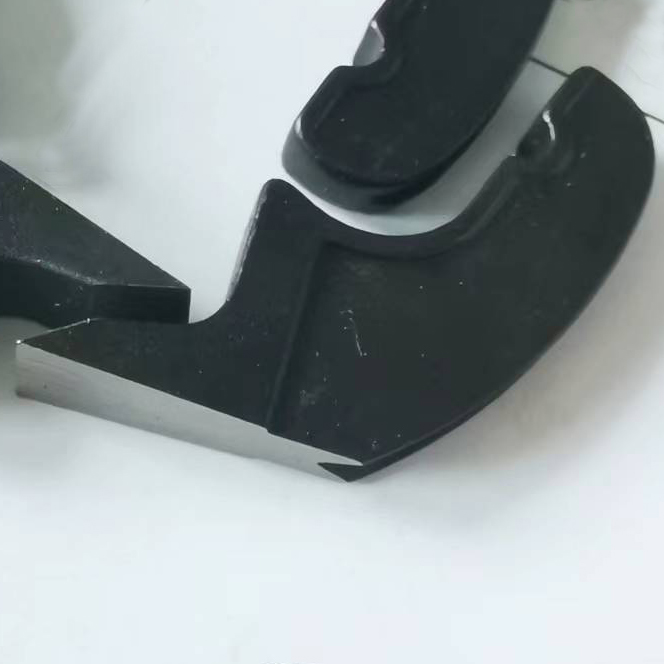Replace Sawmill Teeth Rust
Sawmill machines play a crucial role in the timber industry, enabling efficient processing of logs into lumber. However, over time, these machines can experience wear and tear, leading to various issues. One of the common problems encountered is the rusting of sawmill teeth. In this article, we will explore the reasons behind sawmill teeth rusting and discuss the importance of timely replacement.
Rust is the result of oxidation that occurs when iron or steel comes into contact with moisture and air. Sawmill teeth are no exception to this natural process. When the blades are used continuously, they are exposed to water, wood sap, and other substances that contribute to rust formation. Over time, the rust weakens the teeth, reducing their sharpness and effectiveness.
The consequences of rusty sawmill teeth are significant. Firstly, rust can compromise the quality of the lumber produced. As the teeth become dull and less efficient, they may leave rougher and uneven cuts on the timber. This affects the overall appearance of the final product, making it less marketable and potentially reducing profitability for sawmill operators.
Secondly, rusty teeth can also pose safety risks for the workers operating the machines. Dull and ineffective teeth require increased force to cut through the wood, leading to higher chances of kickbacks and accidents. Moreover, the weakened structure of rusted teeth increases the likelihood of tooth breakages during operation, posing additional hazards to the workers.
To avoid these issues, it is essential to replace rusty sawmill teeth promptly. Regular maintenance and inspection schedules should be implemented to detect any signs of rusting early on. By identifying rusty teeth in advance, sawmill operators can plan for timely replacements and prevent production downtime.
When replacing the teeth, it is crucial to choose high-quality replacements made from materials resistant to rust, such as stainless steel or carbide-tipped teeth. Investing in superior quality teeth not only ensures their longevity but also enhances the performance of the sawmill machine, resulting in smoother and more precise cuts.
In addition to replacement, preventive measures should be taken to minimize rust formation. Proper storage of the sawmill blades in a dry and controlled environment can significantly reduce the exposure to moisture. Applying a rust inhibitor or lubricant to the teeth can also create a protective barrier against oxidation.
In conclusion, the rusting of sawmill teeth is a common problem that can negatively impact the timber industry. Rust compromises the quality of lumber produced, poses safety risks, and reduces profitability. Therefore, regular maintenance, timely replacement of rusty teeth, and preventive measures are crucial to ensure the efficient operation of sawmill machines. By investing in high-quality replacements and implementing proper storage and rust prevention methods, sawmill operators can overcome this challenge and maintain the productivity and safety of their operations.

